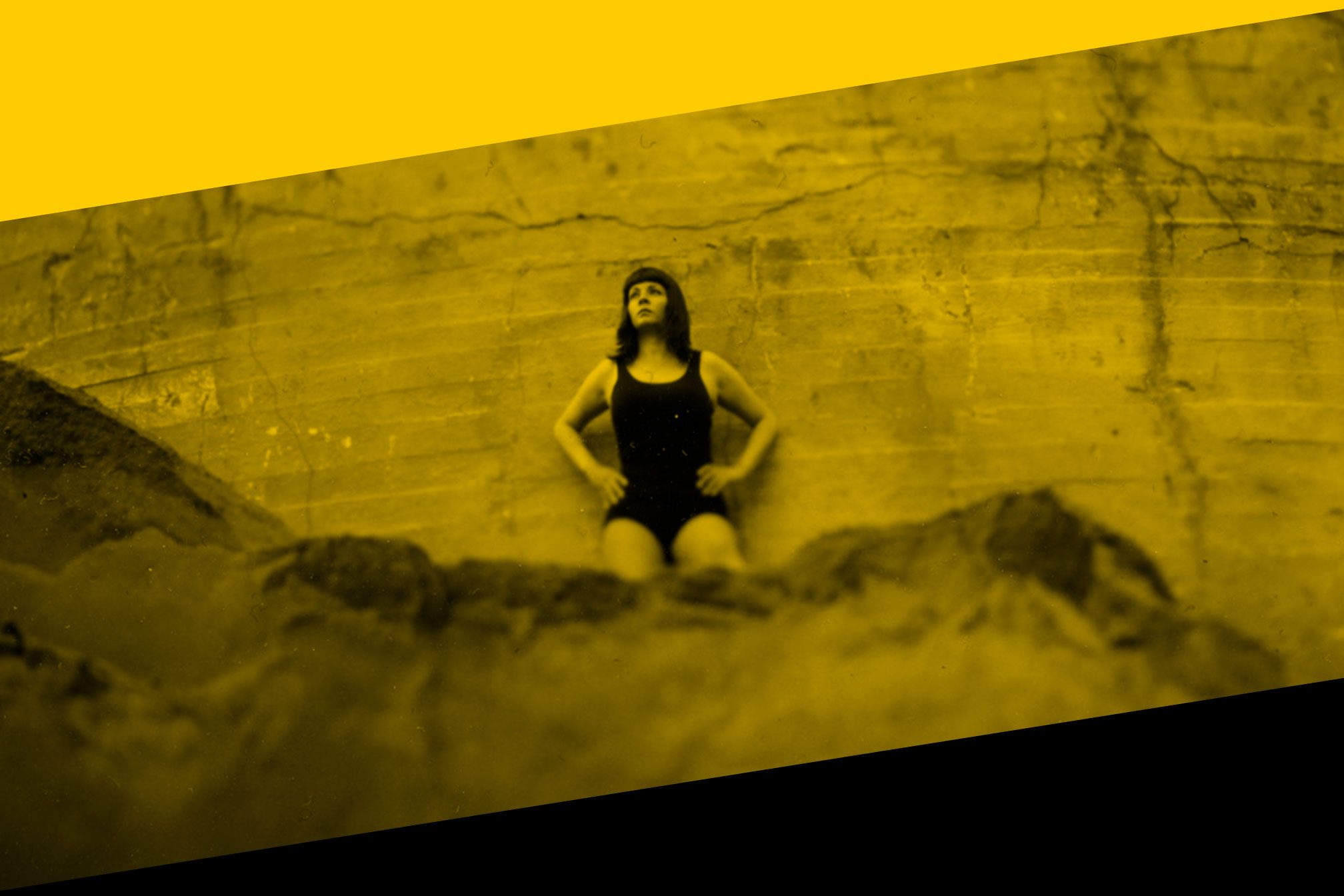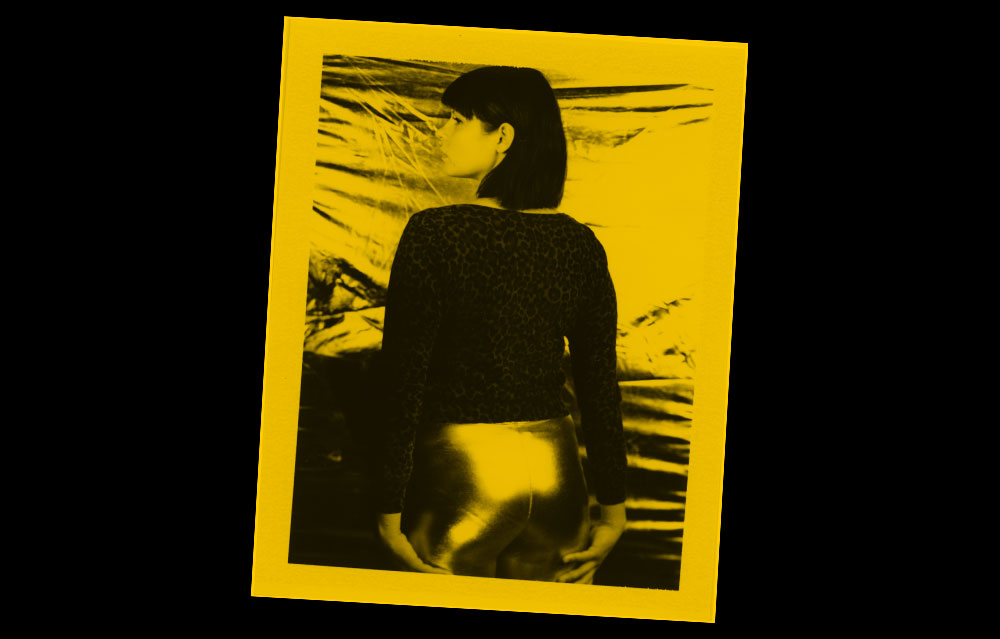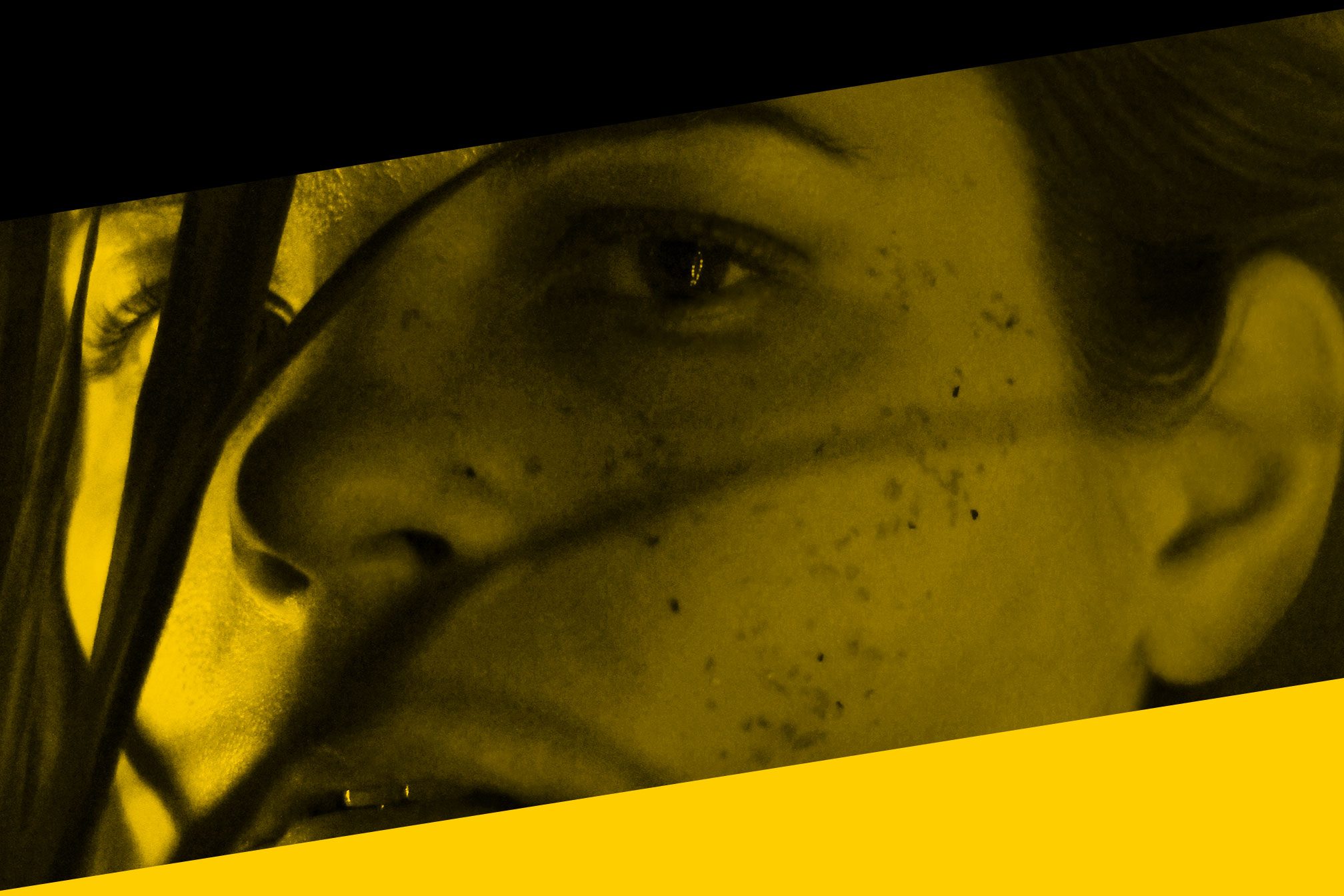 Impact
Impact
Charlotte Bendiks’ mystical body music is making an Impact
Hot and heavy sounds from the Arctic circle
Charlotte Bendiks grew up in the wilds of northern Norway. Her home from birth through to teenage life was a sheep farm in the remote Arctic village of Tennskjær (population: barely 30). Away from the bustle of a thriving urban area, her outsider cultural influences came in the form of pop cassettes gifted from her mother and aunts, of artists like Sade, Michael Jackson and Madonna.
The closest city was Tromsø, where Charlotte moved as a teenager. While significantly larger than Tennskjær with its five-figure population, Tromsø is similarly isolated, and contained ideas can quickly burgeon into localised movements. Through the 80s and 90s a remarkably vibrant electronic music scene was cultivated in the area, birthing artists such as Bjørn Torske, Biosphere, Mental Overdrive, Rune Lindbæk and Kolar Goi. But with so much musical talent bursting at the seams, the scene began to outgrow Tromsø.
By the time Charlotte moved to the city, most of the key figures in Tromsø’s electronic music revolution had moved further afield. She arrived to discover a community dominated by rock and punk music, and she soon grew a Ramones haircut, started listening to PJ Harvey and Nick Cave, and began drumming in multiple bands. One of the punk clubs she frequented hosted DJs on the weekend, and her first experience of dance music came through hanging out there and listening to the accessible funk, soul, house and disco selections on rotation.
Charlotte didn’t get into darker, more experimental sounds until a eureka moment on one evening in 2004 spent with Doc L Junior, who had remained in Tromsø as his peers scattered. “I remember this moment very well,” Charlotte recalls, “he was showing us some music, and said: ‘Charlotte, you think you don't like techno, but it's just because you've never heard it. You don't know what it is. I'm going to show you.’" The fateful record was Derrick May’s ‘It Is What It Is’, and Charlotte’s head “exploded”. She was hooked, and began digging for more mind-blowing material, experimenting with Reason, Logic and Ableton, and DJing – teaching herself to mix on the job in bars because she couldn’t afford decks at home. “Everything I learned is by trying and failing and basically everything I make is art by accident,” she says.
A two year stint in Cologne refined her skills, with Charlotte developing close and influential friendships with Lena Wilikens and members of the Cómeme crew. Now back in Norway, she’s at the forefront of Tromsø’s new generation, helping to throw events in the city and releasing across labels such as Love OD Communications and Cómeme.
Charlotte Bendiks’ music draws from her rich vein of life influences. Punk attitude, Norwegian spirituality and club-primed energy all shine through in her unclassifiable, off-kilter productions that keep the dancefloor firmly in mind. She proves that even in the Arctic they like to keep it hot and sweaty.

You grew up in an isolated Arctic village, which sounds simultaneously quite tumultuous and intense, and quite barren and listless. How do you think this shaped you as a person, and as an artist?
It's very isolated, and it's very small. There's not much around and you're very much left to your own. Maybe that's what makes your inner world, your fantasies, or your creativity grow. It's shaped me as a person, and of course that shapes the way I get excited when I see or discover new things.
You realise when you start travelling just how far away you've been from the rest of the world, how different your experiences have been. When I was growing up in this village, we didn't really drive cars in the winter, because there's a lot of steep mountains and hills covered in ice in northern Norway. We would use reindeer and sleds. That sounds like a hundred years ago, but it's actually my childhood.
When I first started going out I would use my mum’s reindeer and sled, and there would be small stables in the city of Tromsø where you could park them. There's this funny rule, and people find this very weird. I would get wasted with my friends, and go home with the reindeer. Even though there's not much public transportation you could always get home drunk without a driver, because in the winter you could drink and drive because of the responsibility of the trained reindeer!
Tromsø has a very fertile dance music scene considering its size. What’s in the air up there?
There was this documentary Northern Disco Lights. Per [Martinsen aka Mental Overdrive] and Bjørn [Torske] said there was nothing else to do and there was so much space, so they would just sit inside and make music. But when I was growing up that was 20 years later, and for me it was very different. The city already had this heritage that had disappeared. Most of the generation before me had moved away and there was a vacuum.
When we started growing up we discovered there was something belonging to the city that was not there anymore. Then Vidar Hanssen, who runs the local record company Beat Service Records, started the Insomnia festival with some of his friends in 2002. In 2004 I started working for them with production and helping out as a volunteer. The dance scene in Tromsø was completely dead by then because it had lost this talent that moved away. Vidar had the idea that there’s something belonging to Tromsø, so we had to do something about it.
When Insomnia Festival started it was also pretty empty, but it grew naturally thanks to people working out of passion to build it. Now Insomina is a great festival that is filled with life. And there's a lot of new DJs and musicians coming out of the city. So I felt this vacuum, and then I was a part of creating the scene again.
I remember Bjørn told me when we booked him to play Insomnia 2007: “It's so great that you're doing this in Tromsø and people actually come. You're doing something very underground, very weird, but still somehow belonging to the city. I remember me and Per and a few other guys tried to put on a rave in the early 90s. We had five people on the guest list, five people paid, and four people wanted their money back.”
Shout out to the one person who didn't!
Exactly! It's taken a while, but that's how it builds.

How would describe the energy of Tromsø parties? The press release for your ‘Hidden Tracks’ EP references “endless Nordic nights of ‘slutty techno’”, and the party series you run is called Moist.
The Moist thing happened after I started with Insomnia and was DJing. I was about 22, and was playing at bars, trying to make a scene, trying to make the festival happen. I met a guy who's now a very close friend of mine who had moved from Germany to work as a chef. He's one of Matias [Aguayo] from Cómeme's old friends from Cologne, and had been working at Kompakt there. But at that point in Tromsø he was not doing music. He saw me playing and later came up to me and said "I just moved here, I want to get back into music, let's make a party together."
We started hanging out. For me, as a very young Norwegian, I'd not really experienced the world or nightlife. He had these incredible stories about raves and the party scene in Cologne, Berlin, Buenos Aires, Rome. That was something that was completely new to me because everything closed so early in Norway, so we were like "let's make an illegal party!". We figured out a system of getting round licenses, and found various locations around the city. I'm northern Norwegian and part of our cultural heritage is having a very, very rude language. I had this idea that we should call the party Moist because I had this fascination with the word - a lot of people find it disgusting but I find it interesting. He refused at first but I convinced him. His name is Maximo so he switched his artist name to Maximoist, and naturally I became Mini Moist.
We made these crazy parties here. Nothing like this ever happened in Norway before; there were people flying from Oslo just to attend. It's pretty far from Oslo to Tromsø - further than London to Oslo. We had this one venue that we used in the basement of an art museum/gallery. We worked together with a friend of ours who was doing a Masters at the art academy, and built all these insane light and sound installations, and it became a euphoric dance party with people going crazy until eight in the morning. Most times we lost money on the parties even though we had cover charge and a bar because we spent so much money and took so much time off work to build the installations. But it was worth it.
The press release for ‘Hidden Tracks’ also said you’re “scared and attracted by encounters with ghosts and ghouls, lost souls, insomnia and aurora borealis frenzy” which serves as musical inspiration. How are your personality and life experiences expressed through your music?
I come from a very isolated village in a fisherman's family, as I told you, and of course there's a lot of mythology going on in these remote places. Part of my family also has Sami heritage. It was very hard discover that because it was shameful being Sami when my grandparents grew up, so I didn't really learn the language or the culture in that way. I'm trying to discover it. It’s a very Nordic, indigenous way of life, very spiritual.
I'm very interested in that as it's my origins. I also think it influences my fantasies. When I'm making sounds and music, or telling a story and meeting people, my mind and fantasy always lives on. I prefer playing in Berlin where there's a photo ban, because I don't like seeing videos or pictures of a gig or a magical night, because of the way my fantasy would change the memory and pull it further from reality is so much more interesting to me.

I read that the track title ‘Kaia’ was in part taken from the name of a distant Sami ancestor of yours who was an “angry witch”. She sounds interesting.
She was travelling on a boat, most likely with her family, and got sick with tuberculosis and was left on her own on the shore south of the village where my family is from at the age of 12. She was left to die by her own people. But she managed to get help from the farm where my great, great grandfather lived and she managed to actually heal and get well, and she married him. But of course that experience could make someone bitter, so she was very strict and very angry. And she came from elsewhere; she came from the sea. Her name was Kaia and my family always has stories about her when we meet for Christmas.
Foremostly, you’ve taken on the label “body music” to describe your productions, which target the limbs over the mind to incite visceral movement. And at its heart dance music is quite a functional thing. I like how these rich backstories inject some thematic mysticism into your sounds.
The mysticism is about the creation and feeling of track, and my inner, fantasy world. It’s besides the whole body music thing, but also somehow connected to it. Body music is for when people ask me "what kind of music do you play and make". I hate when I get a release and it's labelled as nu-disco because it's from Norway, but actually it doesn't sound like it at all. Or “this is deep house, this is techno.” I don't feel like I really fit into any of those labels, and I try not to.
I get influenced by a lot of music from all over the world. You can have parts of Latin percussion, African grooves, or even repetitive trance music. I listen to all of these things, as well as acid house, Detroit techno, nu-disco. I don't want to differentiate too much between them or pigeon hole myself. Who knows what I'm going to do next. The idea of body music is a feeling - an idea that music is as much a physical experience as it is audio.
How did you approach your Impact mix?
It's called the 'Mini Moist' mix! The last mix I did was for some friends in Bucharest who run this small platform called Corp, and I did it like a listening session. This time I wanted to do something more high energy.
Charlotte Bendiks' 'Hidden Tracks' EP is out now on Cómeme, purchase it via Bandcamp
Patrick Hinton is Mixmag's Digital Staff Writer, follow him on Twitter
Tracklist:
Alex Cortex ‘Untitled’
Orange Sky Superedit
Legotrip ‘Må Vi Stoppe’ (Prins Thomas Remix)
Cooly G ‘The Strip’
Trulz & Robin feat. Baseman ‘Turn My Head’
Diego Adrian ‘Terry Go To Your Own Island’
Karizma ‘In Tha Deep’
Auntie Flo ‘Lumbalu’
Ninos Do Brasil ‘Sombra Da Lua’
Dj Bookworms ‘African Rhythms’
Raheem Hershel ‘Gotta Have The Pocket’
Boddika & Joy Orbison ‘Mercy’ (Boddikas VIP)
rRoxymore ‘Uchi's House’
Model 500 ‘Control’
Violet feat. Mamacita, Nancy Wang, Coco Solid & Honey ‘Transition’ (Underground Resistance cover)


